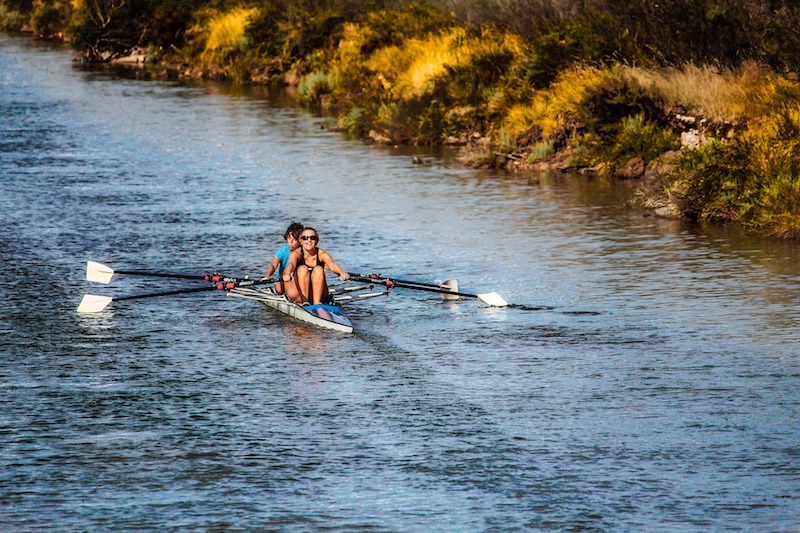In April, a 19-year-old Northwestern University student drowned when he fell from his racing shell during practice on North Shore Channel in Chicago. According to news reports, the university rowing team was practicing when the student fell overboard. One rower and a coach jumped in the water to try to save him but could not find him.
In St. Paul, Minn., earlier this summer, the scene repeated itself when a solo rower lost control of her racing shell and struck a busy commercial dock. The racing shell overturned and the rower spilled into the cold Mississippi River. The rower was ultimately rescued but the effort required numerous individuals and a rescue boat.
In previous columns, I have consistently expressed concern about the safety of racing shells that have no regulatory requirement for rowers to wear life vests. My critics have argued that the competitive nature of the sport prevents the wearing of life vests and the experience of those who row makes it unnecessary. My position is that no matter how experienced a rower is, or how competitive the sport is, life vests help prevent drownings.
There are a variety of inflatable life vests currently on the market that are small in size and do not interfere with a rower’s mobility.
When you consider that these racing shells are often operated on crowded waterways with heavy recreational and commercial traffic, the fact that rowers do not have life vests on board the shells is hard to understand.
My company operates U.S. Coast Guard-certified passenger vessels that are required to carry life jackets for both passengers and crew. In addition, these life vests must regularly pass inspection. We work in cooperation with the Coast Guard to maintain safe operations and protect the safety of passengers and crew. Given this, why are we turning a blind eye to ensuring the safety of those who operate racing shells on our waterways?
To me, the answer is simple. Life vests help save lives, and everyone should be required to have them.



.JPG.small.400x400.jpg)

